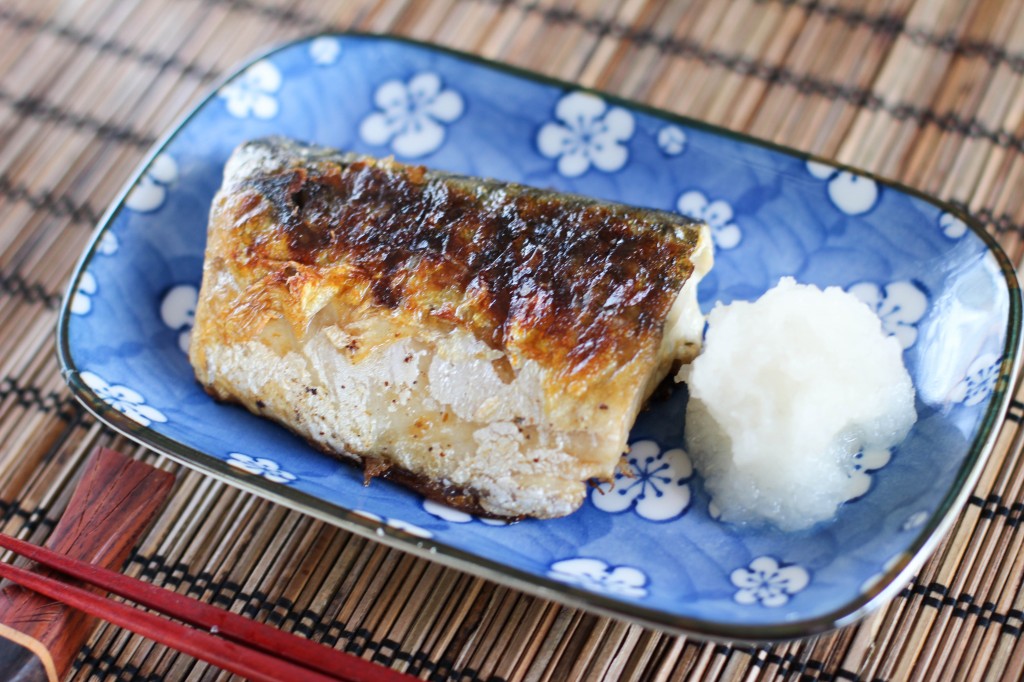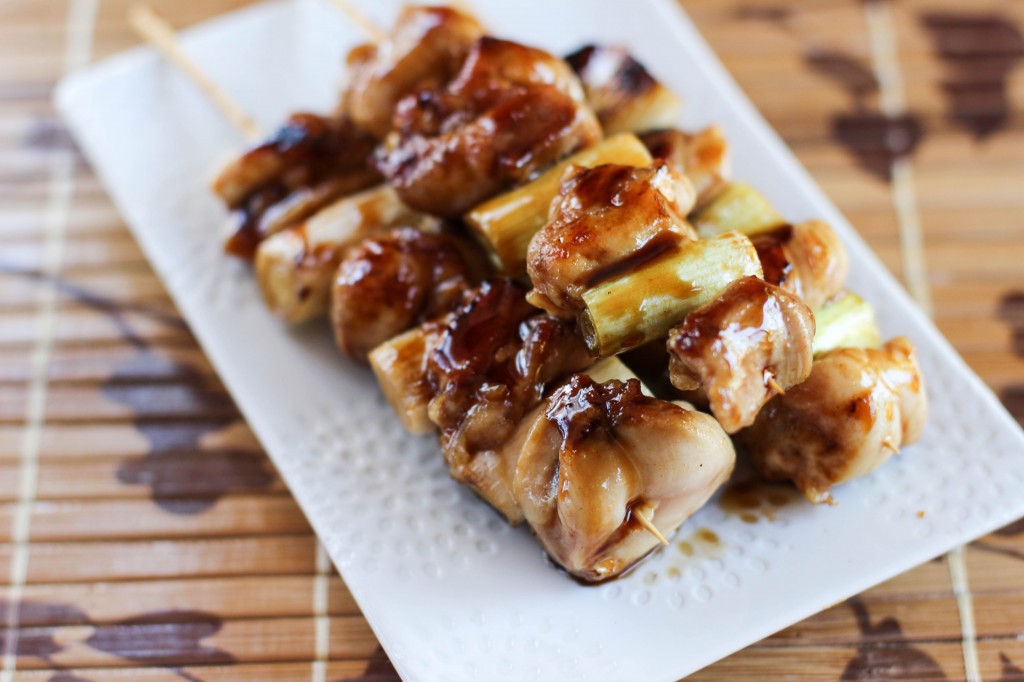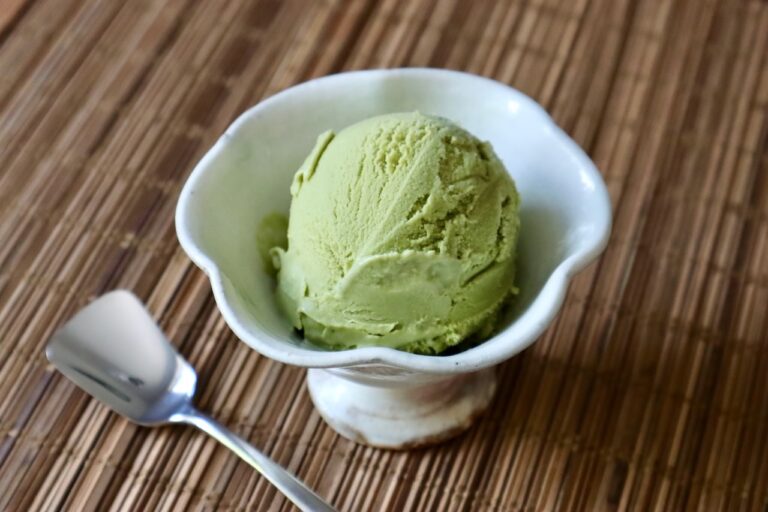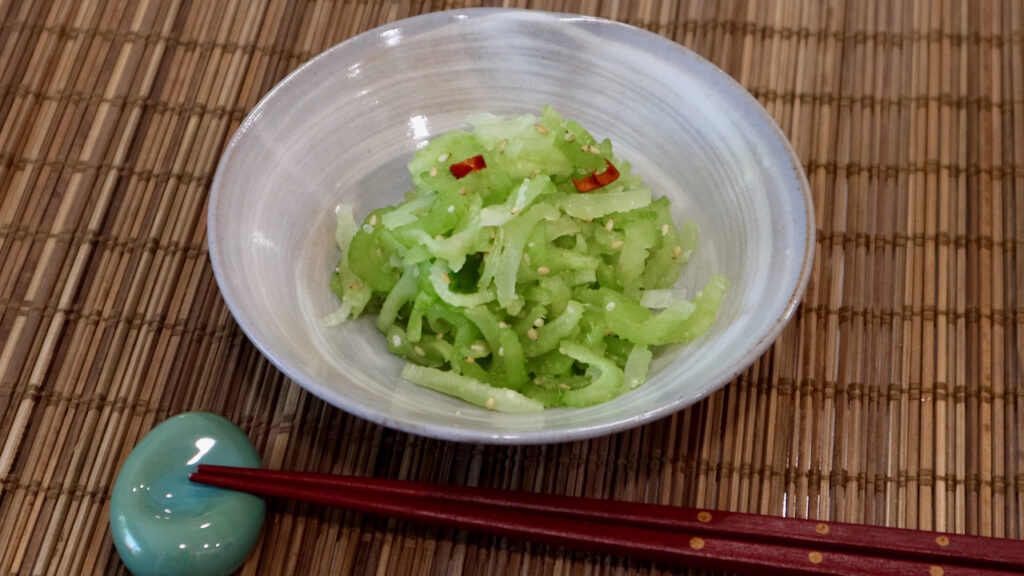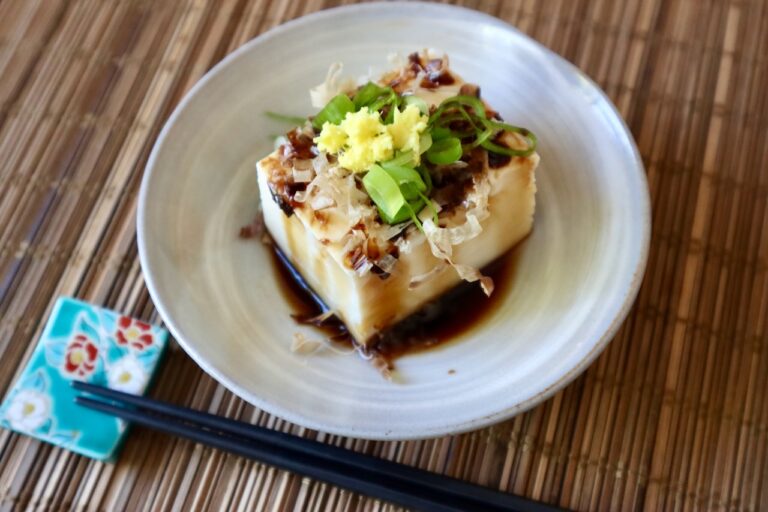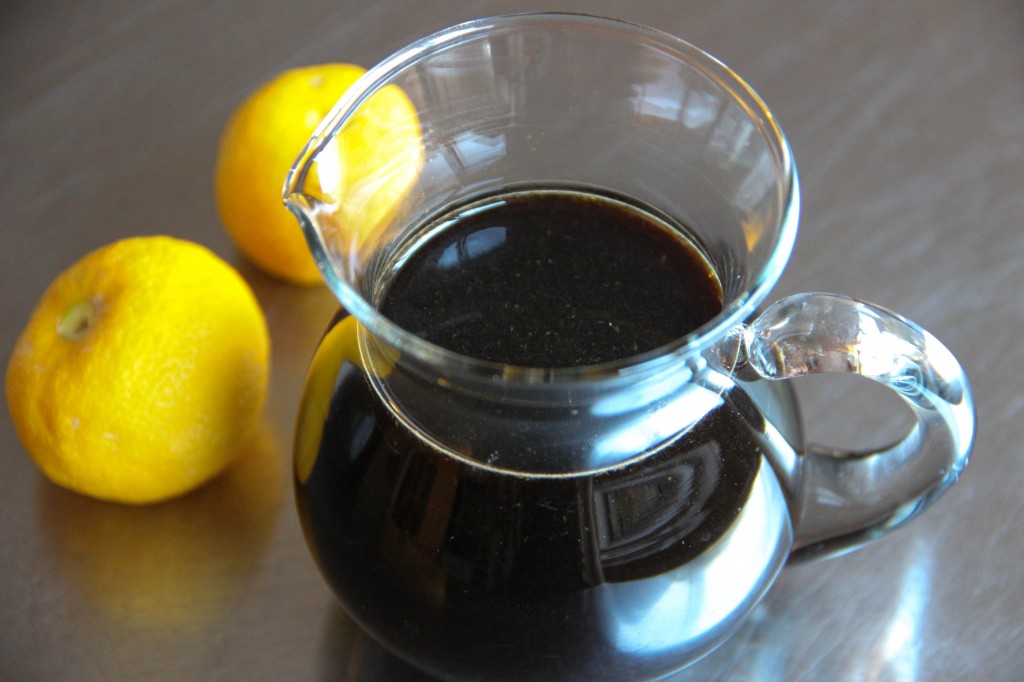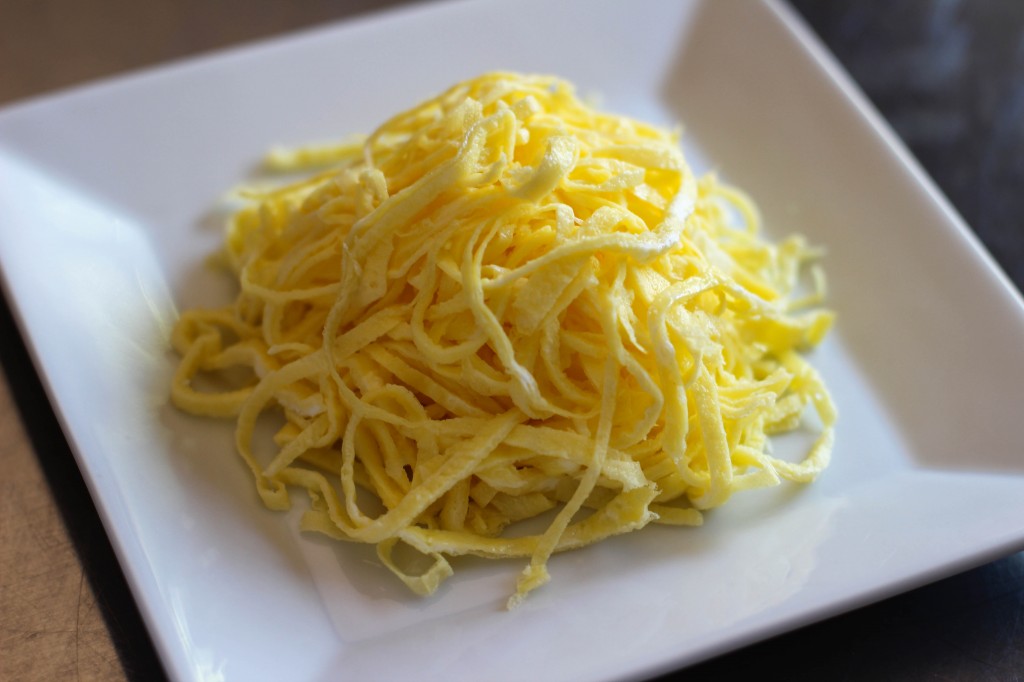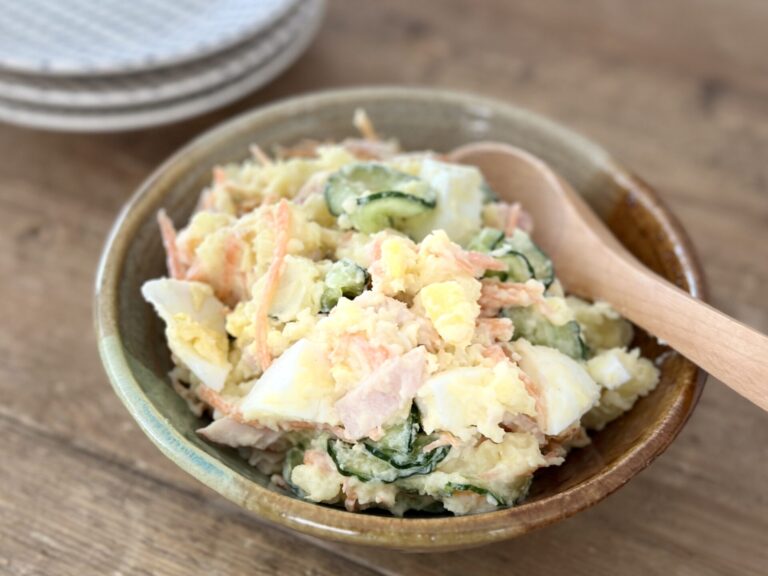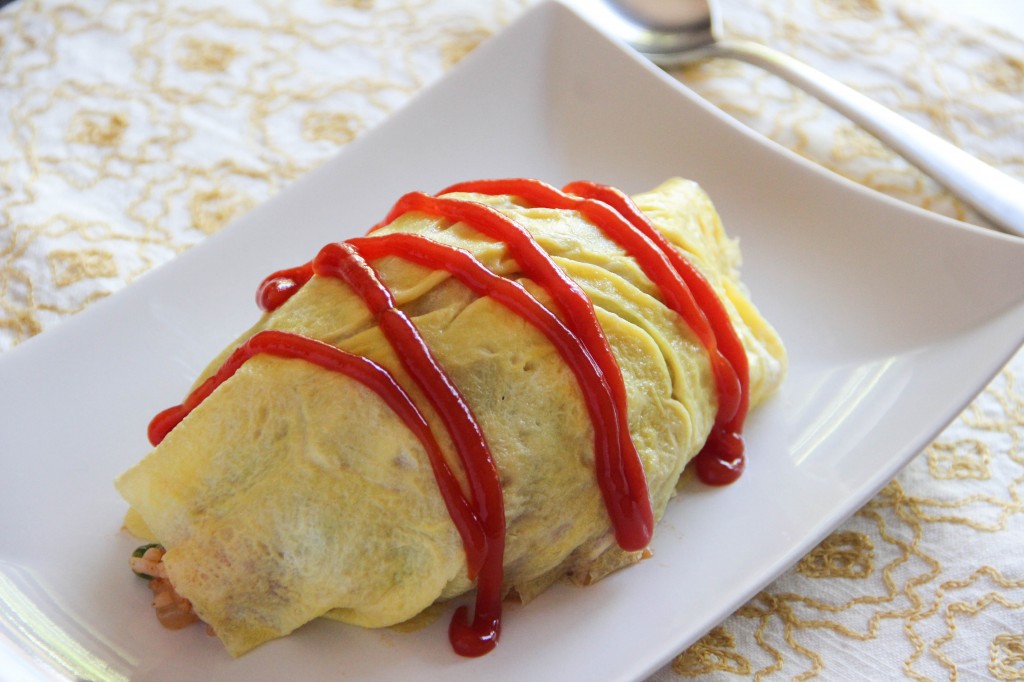Saba Shioyaki is grilled mackerel with salt, and it is a very common everyday kind of seafood dish in Japan. It is a very simple dish, with a flavor that comes only from salt and the fish itself, but you never get tired of it.
Hamburgers are a very popular fast food in Japan just like in the US. However, Japanese people like adding their own flavor to this western favorite. Sweet Teriyaki sauce goes well with grilled (or pan fried ) beef and tangy Japanese mayo. The Teriyaki Burger is a popular Japanese spin on the American classic.
Yakitori is grilled, skewered chicken, often dipped in a teriyaki-like sauce. It’s a very popular appetizer at yakitori bars and other bar-style restaurants in Japan.
Matcha green tea-flavored desserts are now popular worldwide, and matcha ice cream seems to be just as beloved in the U.S. as it is in Japan. Since matcha pairs well with dairy, it’s a naturally delicious choice for ice cream. In fact, matcha ice cream has become a well-known Japanese dessert in the U.S., extending its appeal beyond just Japanese cuisine.
Celery is not really an ingredient for Japanese cuisine. It has a strong flavor and may not be able to be used in all Japanese dishes; however, that doesn’t mean we can’t use it at all.
I made Celery into Sunomono Salad, and it tastes great. Refreshing celery and sweet vinegar go very well together. A little bit of sesame oil enhances the flavor as a whole.
Hiyayakko (冷奴) is a cold tofu salad with some toppings and soy sauce or ponzu. It is fresh and cold, and perfect for hot summer. Hiyayakko can be a great side dish or an appetizer to go with any Japanese meal throughout the year.
Ponzu Sauce is a very versatile sauce and can be used in many dishes. It is a dipping sauce for Mizutaki, or you can simply pour over a tofu dish such as Hiyayakko or grilled meat such as Hamburger Steak.
The tangy flavor of Ponzu Sauce is from rice vinegar and citrus juice. Citrus juice gives a more refreshing taste than vinegar by itself. It also adds a nice scent. Lemon is great because it is easy to get, but if you can find Yuzu citrus, please use it. Yuzu makes this simple sauce much more authentic Japanese instantly. Don’t waste Yuzu peel. Just cut finely and add to the sauce.
Kinshi Tamago (錦糸卵) is shredded egg crepes. The thin egg threads are used for toppings and garnish for many dishes such as noodles and sushi. Although it tastes good, Kinshi Tamago is not usually eaten by itself, but rather used as a splash of color and texture.
Japanese Potato Salad may look similar to its American counterpart, but its flavor is distinctly different. Made with cooked and mashed potatoes, it’s mixed with crisp, thinly sliced vegetables like cucumber, carrot, and occasionally brown onion. The key to its unique taste lies in the use of tangy Japanese mayonnaise, which adds a rich, savory depth. This versatile side dish pairs wonderfully with Western-style mains like Hamburger Steaks or Tonkatsu, makes a delicious addition to a bento lunch box, and even works as a flavorful filling for sandwiches.
Omurice (オムライス), short for “omelet rice,” is a dish made of ketchup-flavored fried rice wrapped in a thin, crepe-like egg. It’s a type of yōshoku—Western-style cuisine developed in Japan—and was first created in the early 1900s. For over 100 years, it’s been a favorite comfort food in Japan, especially loved by kids!
